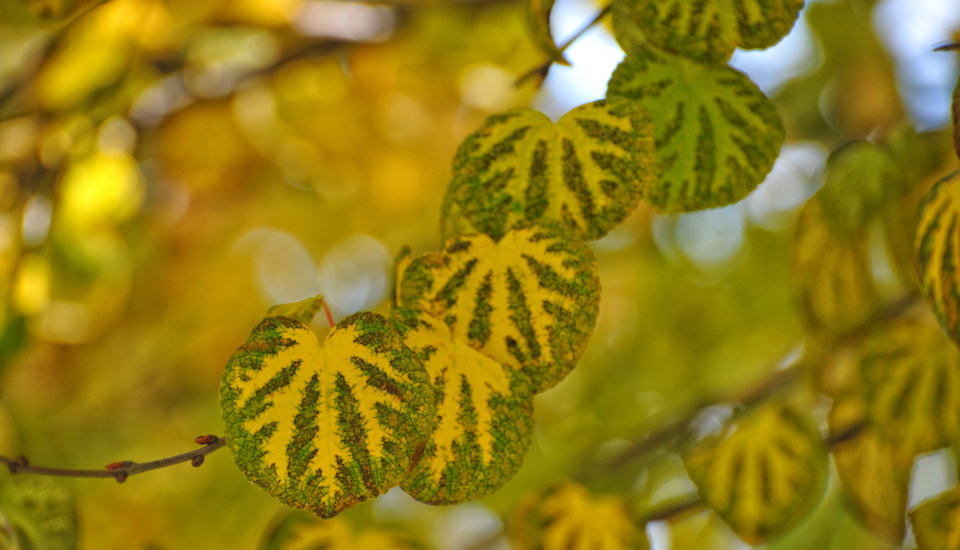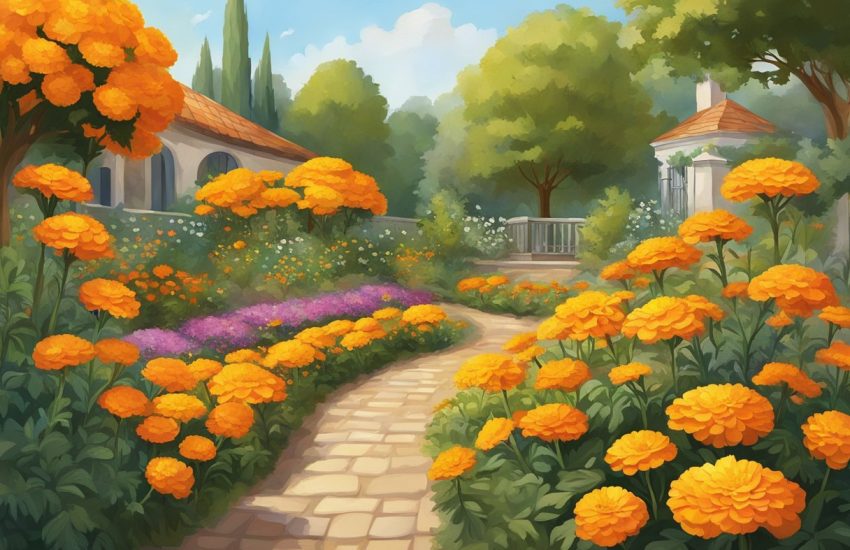Hearts of Gold Redbud Tree : How to Grow & Care
If you want to add color to your garden, and don’t know which plants you can choose from all those plants with beautiful colors, let us give you a recommendation: the Redbud Tree. If you decide on planting this fabulous tree, you should also know how to care for it and make it be in its healthiest and best condition. That’s why, in this entry, we will explain the specific type of redbud trees, “Heart of golds,” and how you can care for them.
About Hearts of Gold Redbud Tree?
The Hearts of gold redbud tree (Cercis canadensis) is a member of the bean family. Redbuds are also known as the Judas trees because some believe Judas Iscariot hung himself with a redbud relative. It is a beautiful ornamental one native to the eastern United States.
In the spring, mauve-pink blossoms bloom, lasting two to three weeks and adding color to any landscape. The leaves are heart-shaped and have a long stem. Redbud trees grow to be between 20 and 30 feet (6 and 9 meters) tall and 15 to 35 feet (4.5 to 0.6 meters) wide. The trunk is usually divided near the ground. Redbuds are popular in naturalized or woodland areas, as well as a shrub border or specimen.
How to Plant Redbud Trees

Planting a redbud in early spring is ideal. These ornamental gems prefer well-drained soil and partial shade. Once you’ve decided on a location, dig a hole at least three times the width of the tree’s root. When you put the tree in the hole, ensure the root ball is level with the ground. Once it is in the ground, make sure it is straight, and backfill your hole with native soil. After planting it, you should thoroughly water it.
Redbud Trees for Sale on Amazon (See the prices)
How to Care for Redbuds
Hearts of gold require little effort to care. With proper care, they can live for fifty to seventy years. You should follow these introductions if you want to acquire a beautiful garden:
Climate: Check your environment to see if the trees can grow in your area. Even though the tree is native to eastern North America, it will grow in USDA Hardiness Zones 4–9.
Plant: Young ones should be planted in early spring for the best results. The root ball is delicate, even though the tree is pretty hardy. If you transplant a mature one, the roots may die, and the tree will die.

Soil: Plant the redbud in well-draining soil and fertilize it once a year.
Sunlight: Planting the heart of gold in full sun will result in fuller, more vibrant blooms; however, some shade is recommended during the hot summer days. The redbud tolerates partial shade but does not grow well in full shade.
Water: Keep the soil evenly moist but be careful not to be soggy and avoid overwatering your redbud. Fungal infections can occur if the roots are exposed to waterlogged soil.
Conclusion
We hope this entry helped you and answered all your questions. If you want to make your garden more colorful and beautiful, then you should consider our recommendation and consider planting redbud in your garden. If you consider all the things we mentioned in this entry, you will have a healthy, pretty, and fantastic garden.
You may also be interested in:

